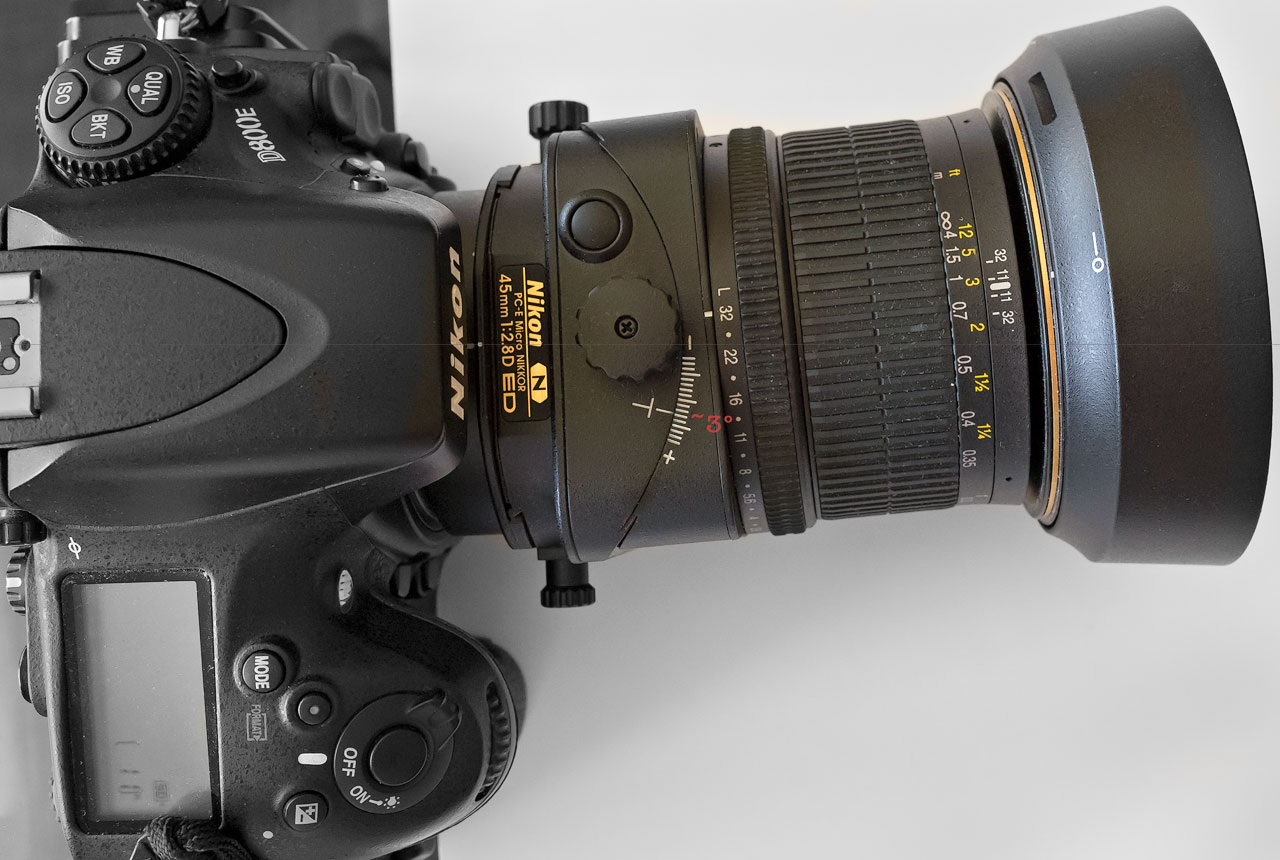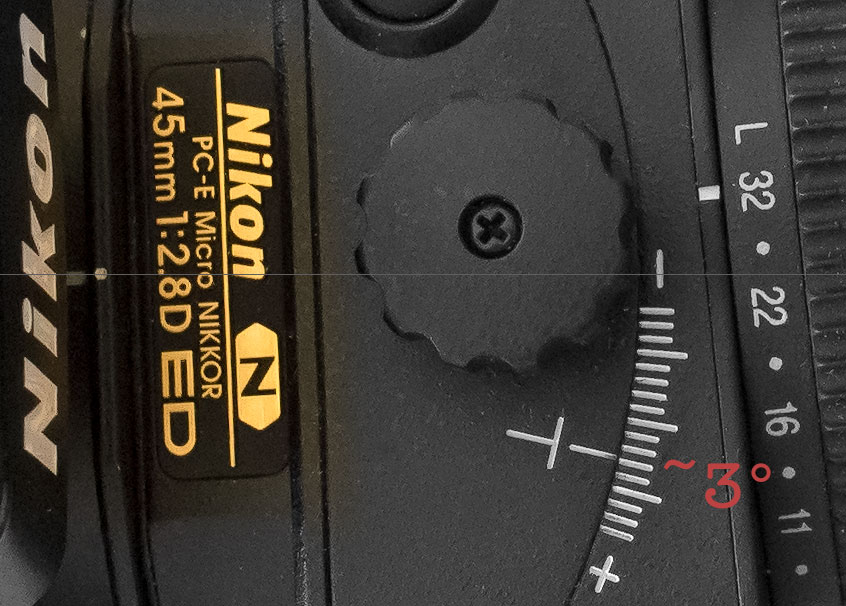EXCERPT page containing first few paragraphs. 2024-04-19 17:25:15
UA_SEARCH_BOT_compatible_botmozilla/5.0 applewebkit/537.36 (khtml, like gecko; compatible; claudebot/1.0; +claudebot@anthropic.com) @ 18.220.126.5
For full access, subscribe here. Or click title to login. ![]()
Depth of Field: Bypassing the Limits Using a Tilt Lens
A tilt or tilt/shift lens allows angling the plane of focus to so that it is no longer parallel to the film/sensor. More to purpose, the tilt function lets the photographer skew the plane of focus through the subject matter as bet befits the sharpness goal.
An ordinary non-tilt-capable lens places the plane of focus at a fixed distance whereas a tilt lens angles the plane of focus at varying distance.
In a tilt lens, the angling of the plane of focus is achieved by mechanical adjustment; the photographer chooses a plane of focus that cuts through the subject matter at a varying distance. Arriving at the film/sensor, the subject is thus sharp even wide open, potentially from a few feet away to the far distance.
Article continues for subscribers...
Diglloyd Making Sharp Images is by yearly subscription. Subscribe now for about 13 cents a day ($50/year).
BEST DEAL: get full access to ALL 8 PUBLICATIONS for only about 75 cents a day!
Diglloyd Making Sharp Images articulates years of best practices and how-to, painstakingly learned over a decade of camera and lens evaluation.
Save yourself those years of trial and error by jump-starting your photographic technical execution when making the image. The best lens or camera is handicapped if the photographer fails to master perfect shot discipline. High-resolution digital cameras are unforgiving of errors, at least if one wants the best possible results.
- Eases into photographic challenges with an introductory section.
- Covers aspects of digital sensor technology that relate to getting the best image quality.
- Technique section discusses every aspect of making a sharp image handheld or on a tripod.
- Depth of field and how to bypass depth of field limitations via focus stacking.
- Optical aberrations: what they are, what they look like, and what to do about them.
- MTF, field curvature, focus shift: insight into the limitations of lab tests and why imaging performance is far more complex than it appears.
- Optical aberrations: what they are, what they look like, and what to do about them.
- How to test a lens for a “bad sample”.
Intrigued? See Focusing Zeiss DSLR Lenses For Peak Performance, PART ONE: The Challenges, or (one topic of many) field curvature.



